Light in Architecture - Sculpting Space With Illumination
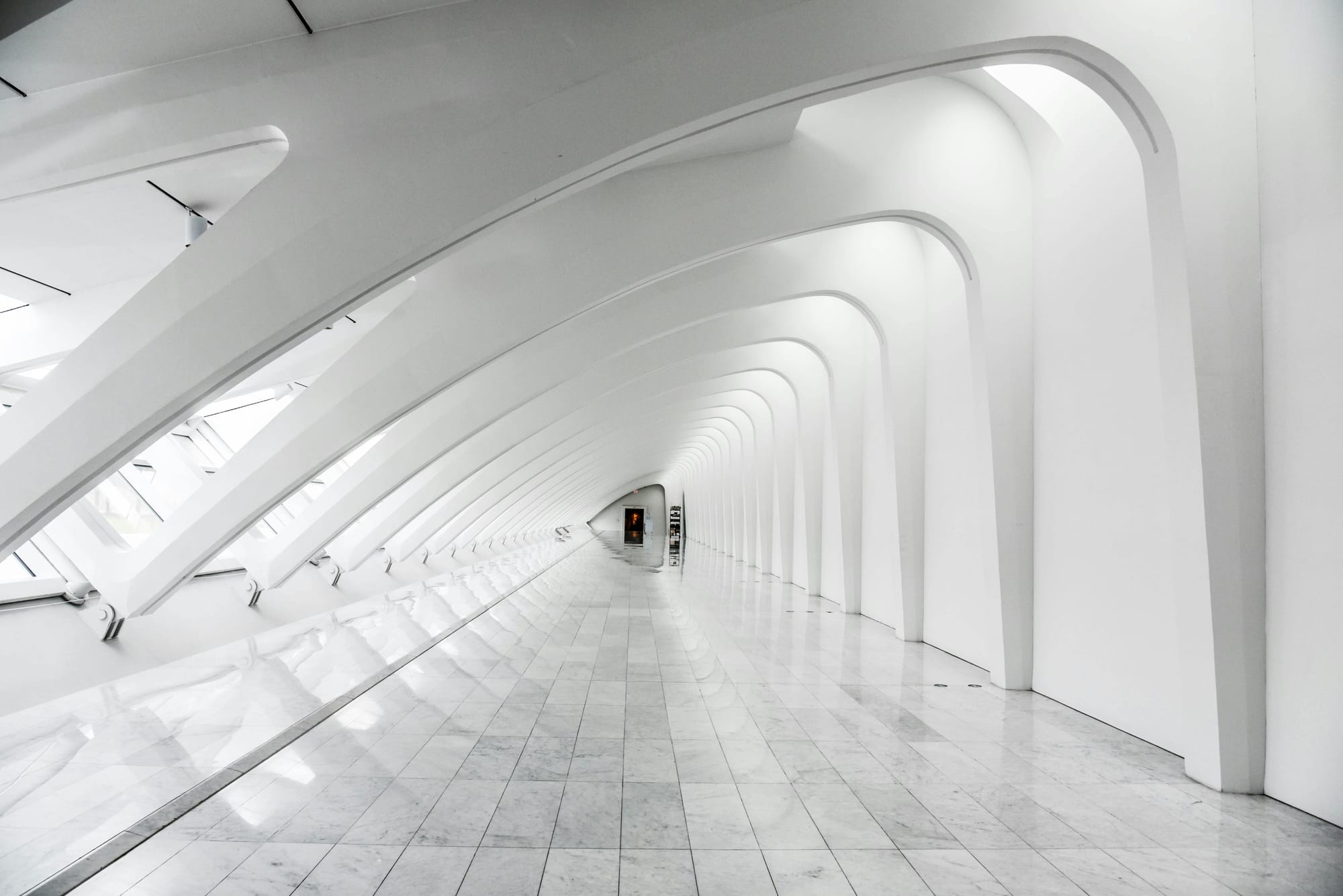
Introduction: The Alchemy of Light and Space
Light is architecture's most magical medium - an invisible substance that makes the tangible come alive. It's the difference between a building that simply stands and one that speaks. When Tadao Ando slices a concrete wall with a razor-thin window, or when Gothic masons choreograph sunlight through stained glass, they're not just illuminating space - they're composing with time itself. This exploration will reveal how light transforms buildings from static objects into living experiences.
1. The Physics of Perception: How Light Shapes Reality
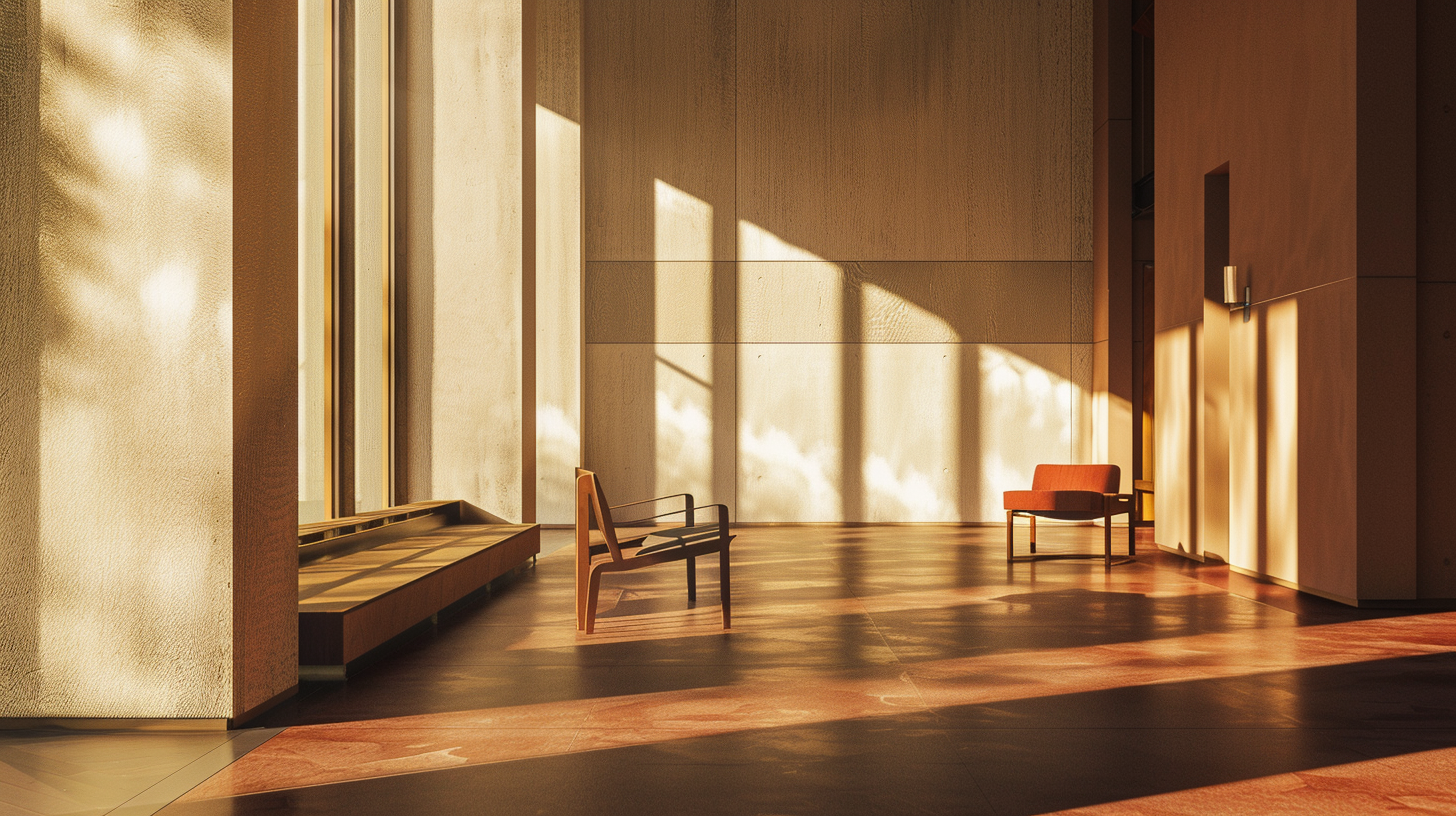
Natural Light as a Design Partner
Seasonal Dialogue:
The angle of winter sun versus summer sun creates radically different spatial experiences. Consider how a low winter sun can make a shallow room feel deep with elongated shadows.
Latitude Logic:
A window designed for Norway's oblique light would blind occupants in Mexico's vertical glare. Alvar Aalto's Finlandia Hall demonstrates latitude-specific lighting strategies.
Artificial Light as Architectural Prosthesis
Electric Skin:
The Seagram Building's luminous ceiling grid doesn't just light - it dissolves the boundary between interior and night sky.
Dynamic Gradients:
Herzog & de Meuron's Tate Modern Switch House shows how LED arrays can make solid walls appear to breathe.
"Light is not so much something that reveals, as it is itself the revelation." - James Turrell
2. Historical Light Chambers: From Caves to Cathedrals
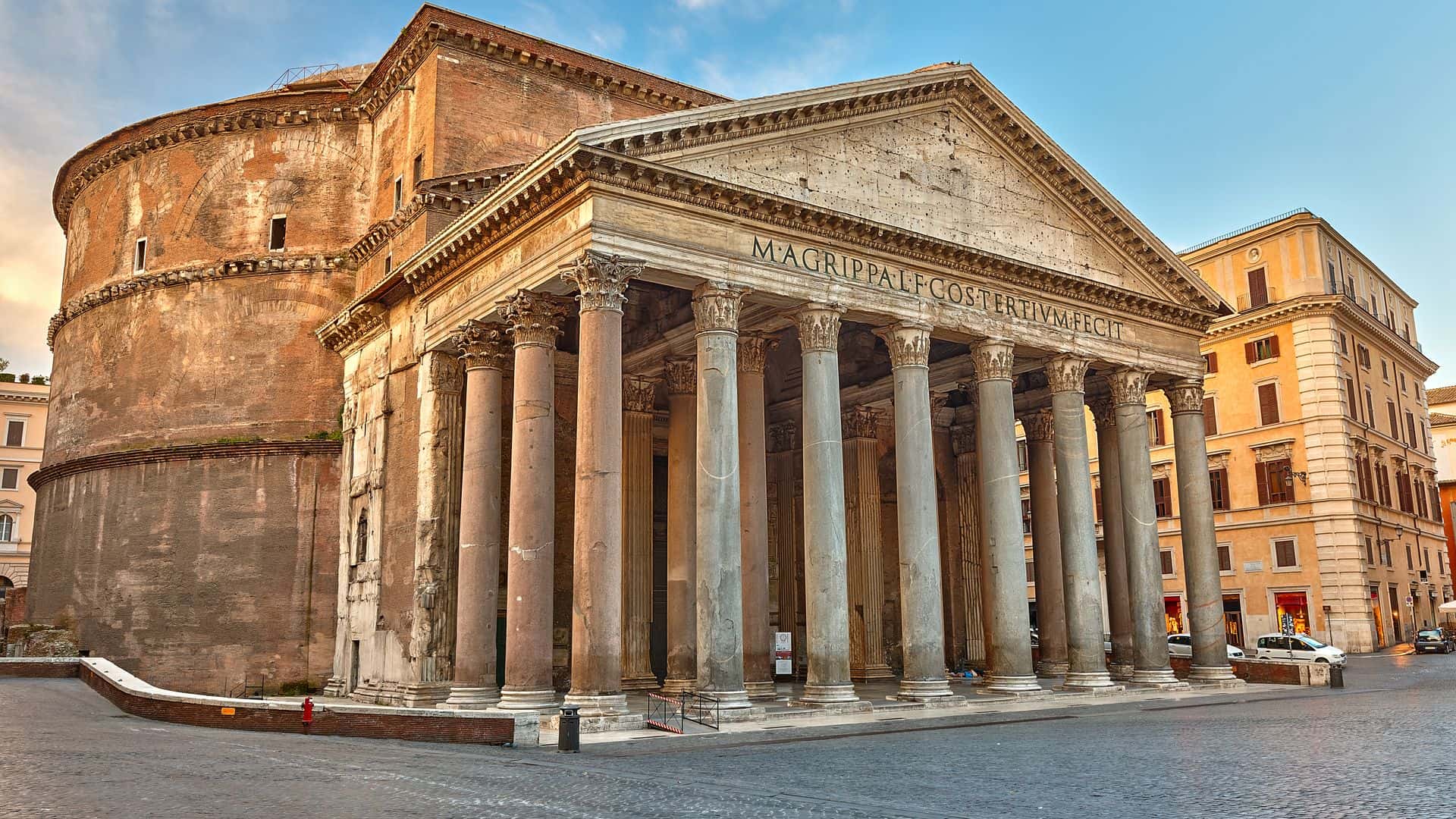
The First Light Architects
Neolithic Precision:
Newgrange's 5,000-year-old passage tomb channels winter solstice light with millimetric accuracy.
Roman Luminescence:
The Pantheon's oculus creates a celestial clock where the sunbeam circles the dome's coffers like a cosmic finger.
Gothic Light Revolution
Structural Radiance:
Chartres Cathedral's flying buttresses weren't just supports - they were light-enabling devices, replacing walls with glowing Bibles in glass.- **Theology in Glass**: The blue of Saint-Denis' windows wasn't just color - it was divine light made material through cobalt alchemy.
3. Modern Light Experiments: From Corbusier to Eliasson
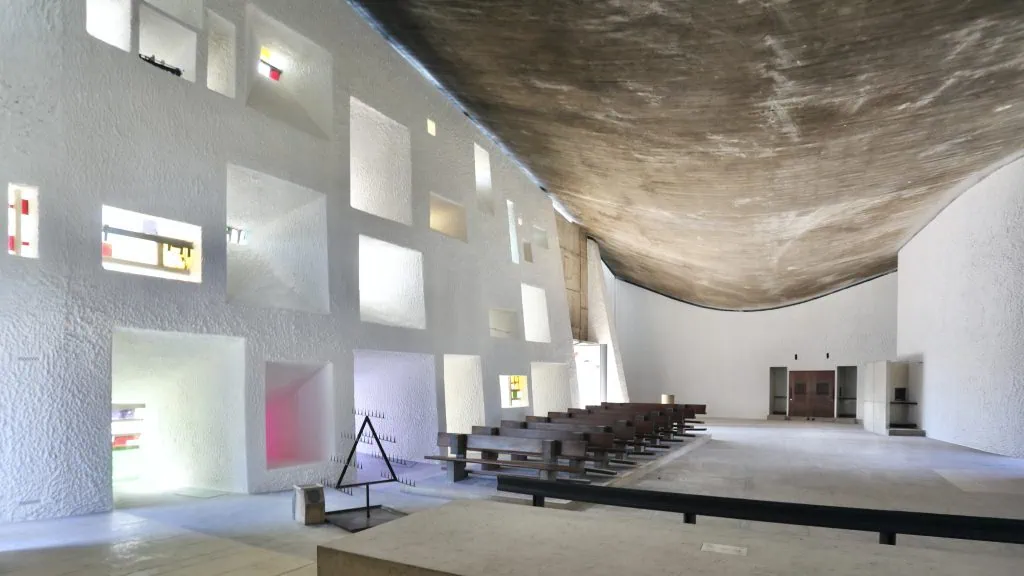
The Brutalist Light Play
Ronchamp's Light Cannons:
Le Corbusier's thick walls don't block light - they weaponize it into focused beams that track across rough concrete like spiritual spotlights.- **Kahn's Material Light**: The Kimbell's cycloid vaults don't reflect light - they make silver out of sunlight through carefully calibrated baffles.
Contemporary Light Artists
Turrell's Skyspaces:
These horizonless rooms don't contain light - they make you feel like you're standing inside the sky itself.
Eliasson's Weather Projects:
The Tate's artificial sun didn't just shine - it made visitors see their own shadows as part of the artwork.
4. The Science of Emotional Light
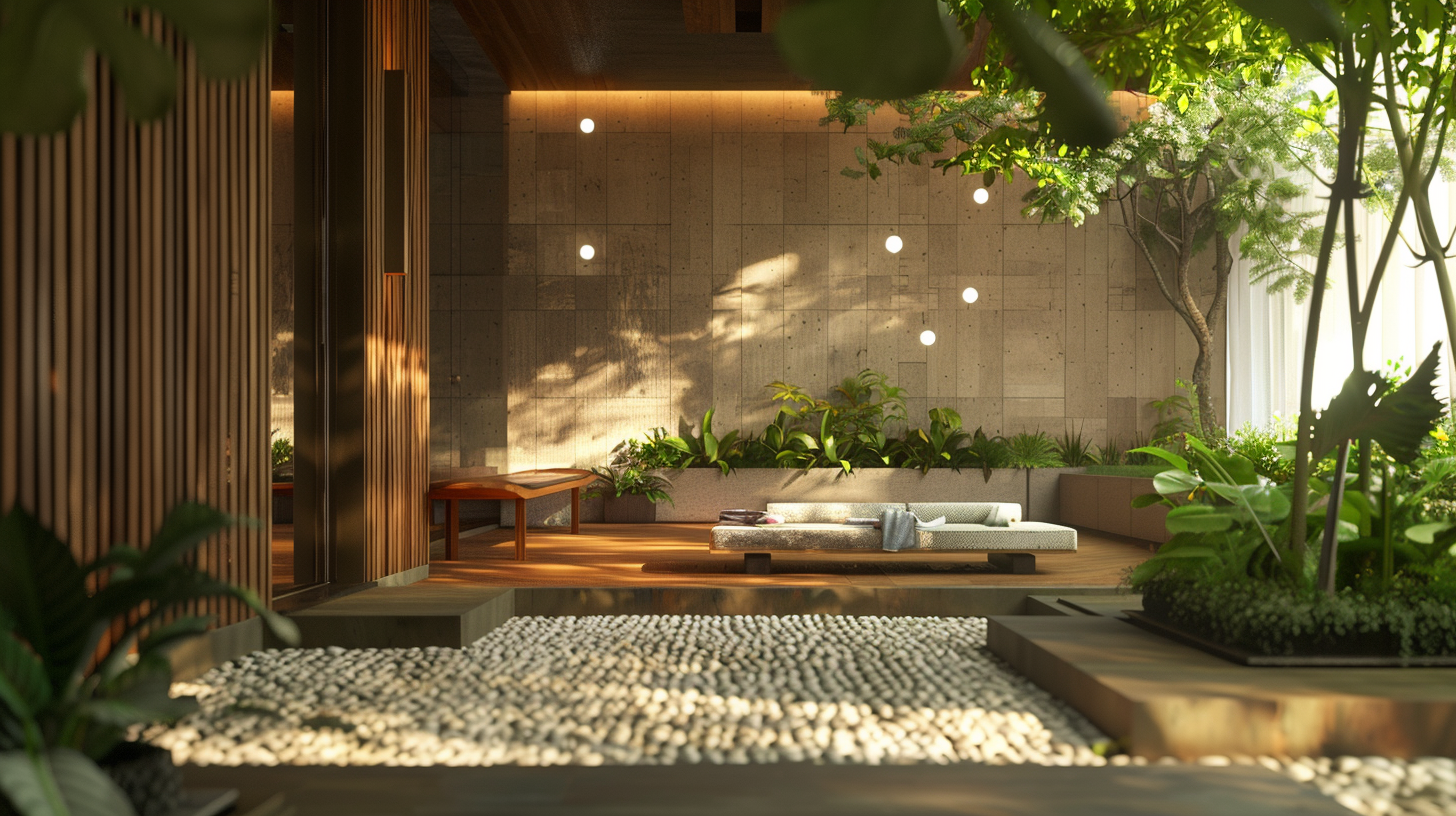
Biophilic Lighting
Circadian Architecture:
Hospitals like the Maggie's Centre use tunable LEDs to replicate dawn-to-dusk sequences, reducing patient recovery times by 20%.- **Shadow Therapy**: Psychiatric facilities are rediscovering how dappled light patterns can calm agitation more effectively than flat illumination.
Cultural Light Codes
Japanese "Wabi-Sabi" Light:
The paper lantern's glow celebrates imperfection, where unevenness becomes the beauty.
Islamic "No-Shadow" Ideal:
The muqarnas vault's fractal geometry scatters light until shadows virtually disappear.
5. Tools for Light Design
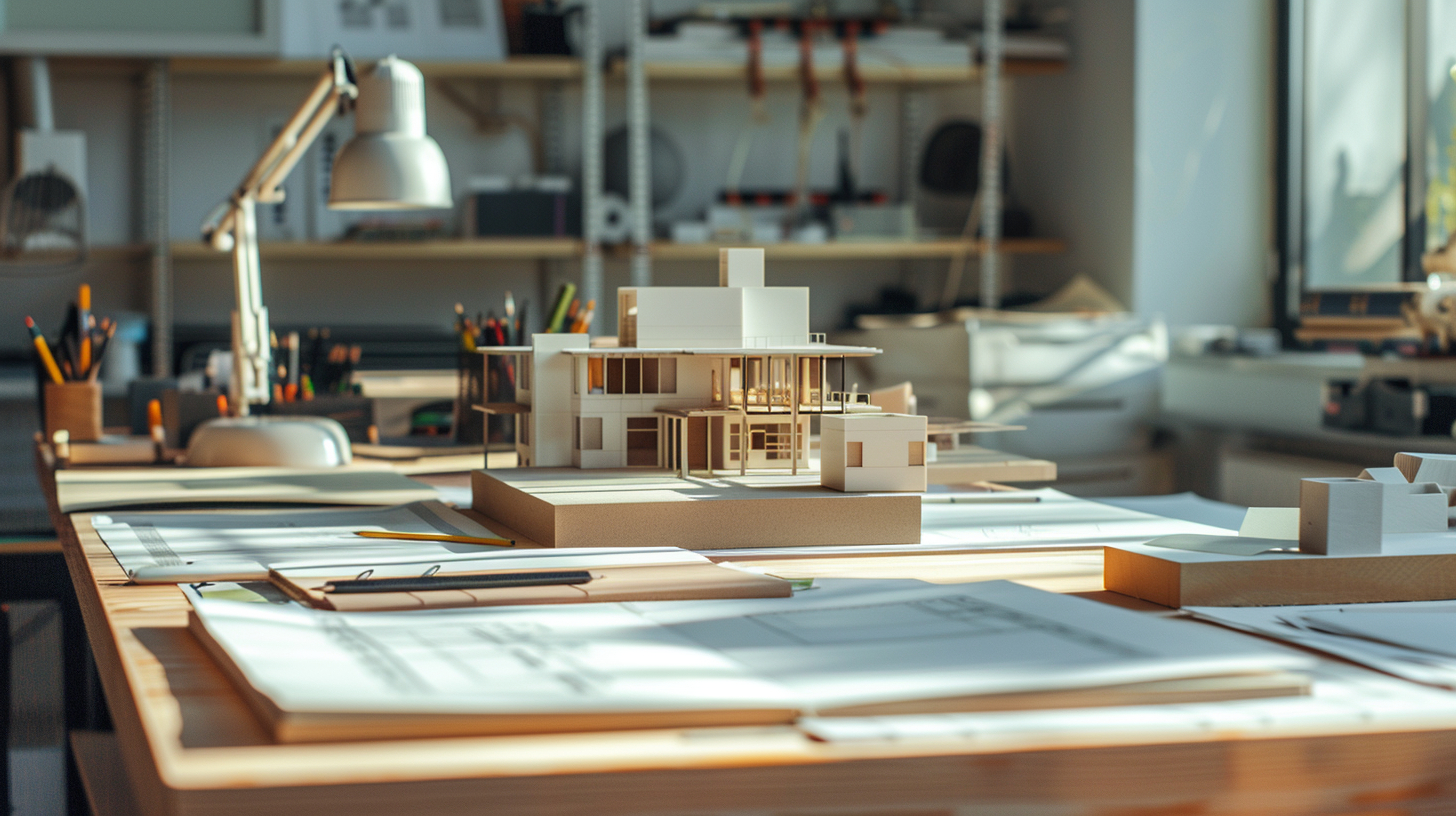
Analog Techniques
Heliodon Studies:
Physical sun-angle simulators that architects like Siza still prefer over software.
Shadow Casting:
Zumthor's cardboard models with toothpick "trees" that predict dappled light patterns.
Digital Prototyping
Climate-Based Daylight Modeling:
Software that predicts how a space will feel at 4:32 pm on March 12th in 20 years.
VR Light Walkthroughs:
Experience your design under solstice light before breaking ground.
Case Study: The Double Light of Notre-Dame
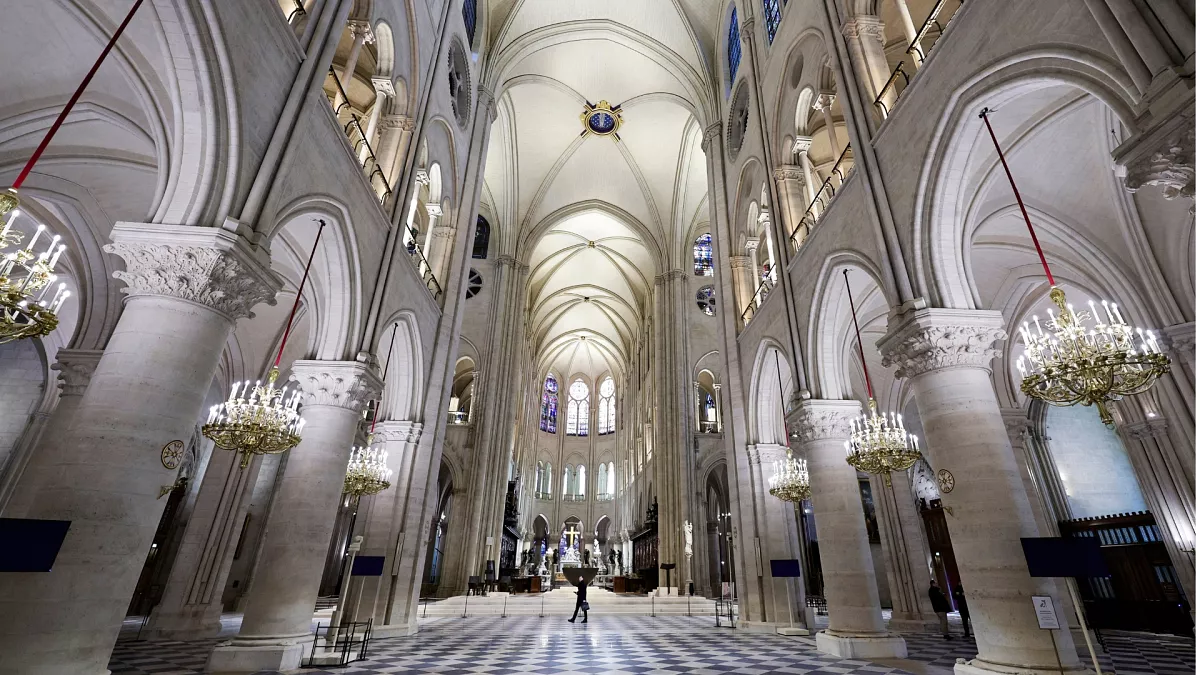
The cathedral's nave teaches two light lessons.
- Vertical Light: Stained glass windows at the clerestory level pull the gaze (and spirit) upward.
- Horizontal Light: The low aisle windows connect to earthly life outside.
This dual orientation creates what art historians call "the medieval light dialectic," where divine and mundane light converse.
Practical Exercise: The 24-Hour Light Journal
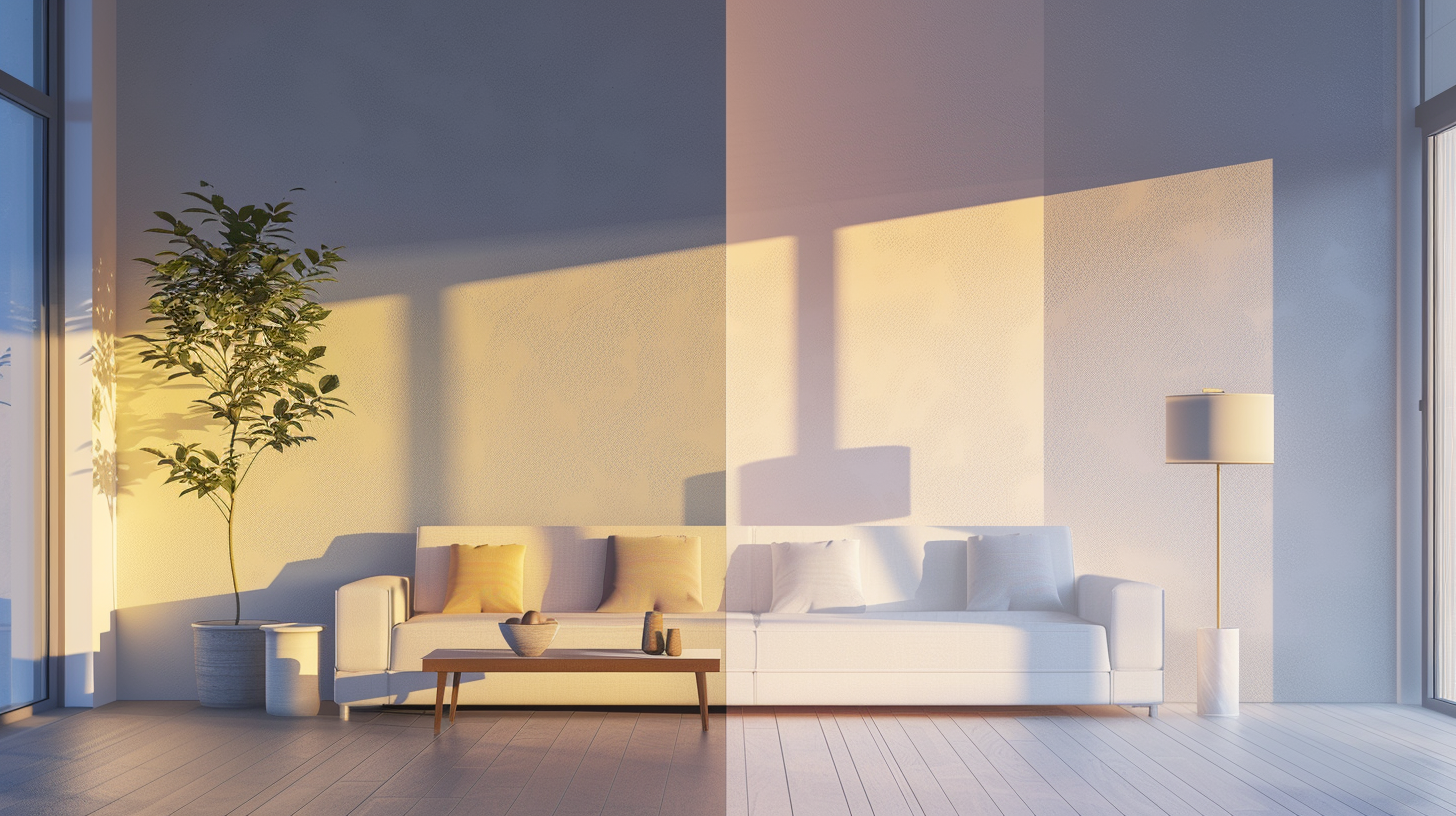
1. Pick a room in your home
2. Document light conditions every hour for a day:
- Sketch shadow patterns
- Note color temperature changes
- Record emotional responses
3. Redesign one element to improve the light narrative
Conclusion: Light as Time Made Visible
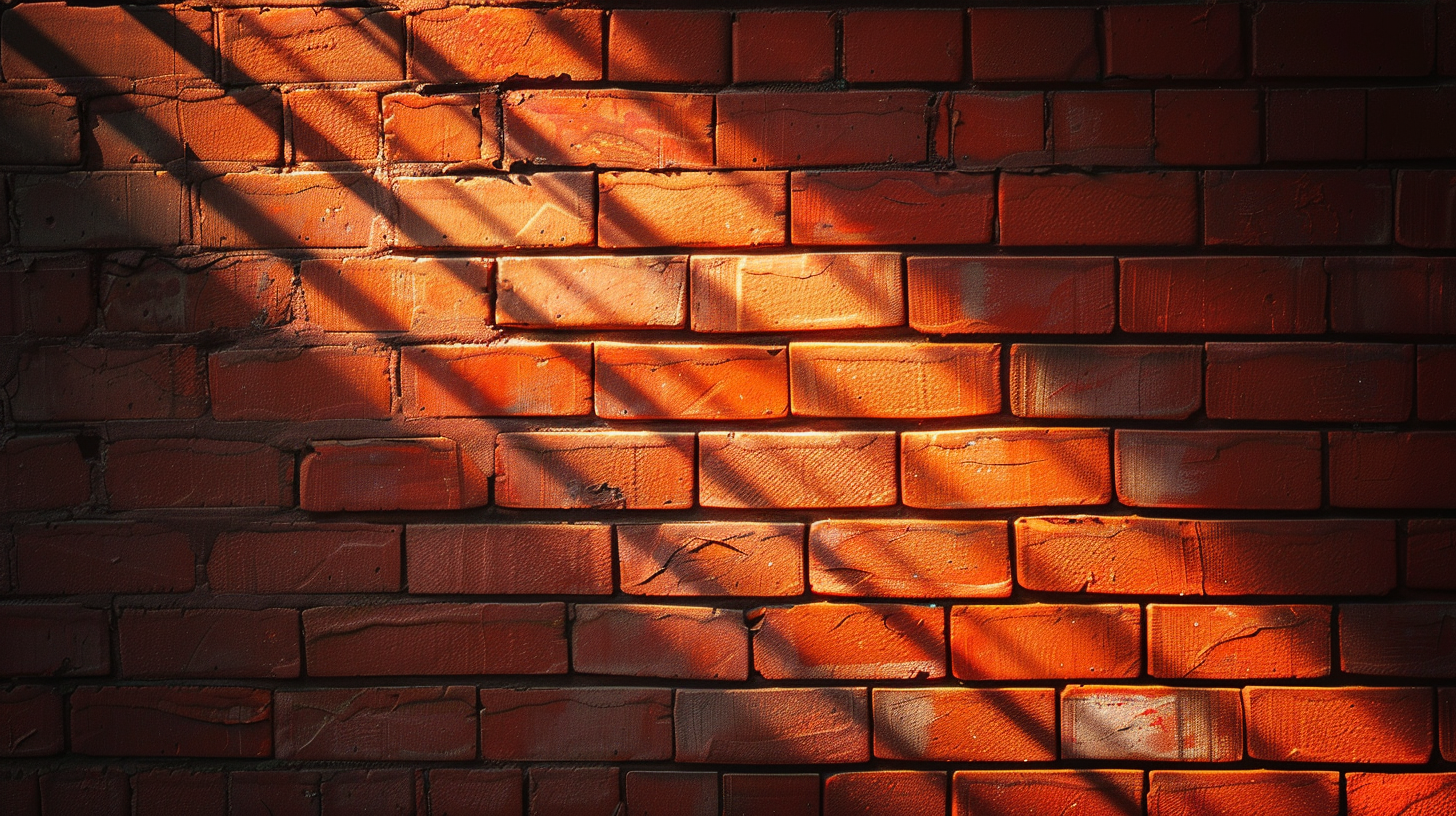
Great architecture doesn't just use light - it lets light use it. From the Pantheon's sunbeam marking imperial birthdays to Olafur Eliasson's artificial arctic sun in London, the best designs understand: light isn't illumination - it's revelation. The next time you see sunlight stripe a brick wall, remember - you're watching architecture's most primal material at work.